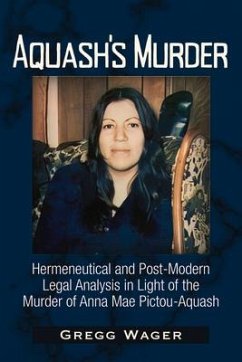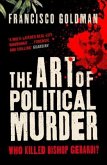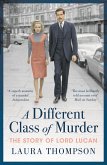As the cruel South Dakota winter thawed toward the end of February 1976, a rancher on Pine Ridge Indian Reservation discovered the frostbitten corpse of a Jane Doe at the bottom of a 30-foot cliff, 100 feet from a state highway. An autopsy determined she had died of exposure, while the FBI sent her severed hands to Washington for analysis. Weeks later, a match of fingerprints to feisty American Indian Movement (AIM) activist Anna Mae Pictou-Aquash led to exhumation and another autopsy, this time revealing that she had been shot in the head. Those sympathetic to AIM assumed hers was simply one of nearly 200 unsolved murders during an era when the Reservation was held secretly under martial law, now known as the Reign of Terror. Months before Aquash's murder, a deadly gun battle between AIM members and two young FBI agents forced her to flee with her friend and fellow agitator Leonard Peltier. Although Peltier always denied FBI claims that he was the one who delivered coup de grâ ce shots to the agents, he was eventually convicted of double murder. This prompted unsuccessful popular movements for a Presidential pardon as inept lies from both sides helped stalemate any legal or polit
Hinweis: Dieser Artikel kann nur an eine deutsche Lieferadresse ausgeliefert werden.
Hinweis: Dieser Artikel kann nur an eine deutsche Lieferadresse ausgeliefert werden.








